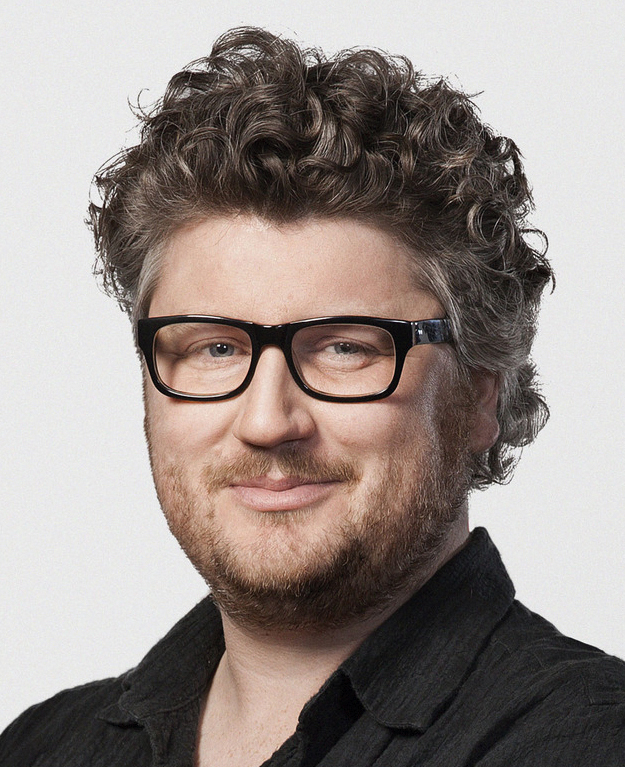No city has been sounded and celebrated by composers and musicians as thrillingly as New York and, in particular, Manhattan – a place where 800 languages are spoken, and even more musical genres are currently being played, remade and born.
The hum that Manhattan makes has been calculated to vibrate at an infrasonic, body-shakingly low B flat, the sum total of billions of interactions between electronic signals, traffic noise, construction, wind, weather and the ceaseless currents of human-made music and conversation.
Pieces about New York have been made by the most imaginative of the ‘weirdos’ who move there and who visit it. That, by the way, was the Illinois-born Laurie Anderson’s affectionate collective term for the creative immigrants, like her, who flock to the city to etch new chapters in its story of sound.
'Manhattan’s hum has been calculated to vibrate at an infrasonic low B flat'
After he arrived in New York in 1915, the French-born American composer Edgard Varèse dreamt of Americas past, present and future in his piece Amériques for an orchestra the likes of which had never been heard before, with no fewer than 13 percussionists playing sirens and boat whistles – music made in the heat of his love-affair with the utopian modernity of the city. At the other end of the century, Britain’s Thomas Adès wrote his America – A Prophecy for the New York Phil in 1999, a millennial vision of Manhattan reclaimed by the forces of nature that surround it, the dystopian end of empire.
You can see and hear the relics of a deeper, pre-human time in Manhattan, if you know where to tune in to them. Not just a manicured oasis of well-kempt oxygenation, Central Park is also a place where the half-billion-year-old rocks that prop up all those skyscrapers rupture and burst through the parkland. These are stones that sing in the music before time that Charles Ives composes at the start of his 1906 orchestral vision, Central Park in the Dark.
Yet it’s the messy, chaotic, sometimes harmonious but often dissonant relationships between New York’s musical scenes that defines its energy: scenes that start out as literal and metaphorical undergrounds, under the streets, downtown in the clubs of Greenwich Village; experimental explosions from jazz to minimalism to the classical avant-garde, that then take over the uptown temples of culture, from Carnegie Hall to Lincoln Center. John Zorn and Meredith Monk, James Reese Europe and Steve Reich have all made seismic impacts on New York’s musical life that cross those boundaries and that catalyse new musical creativity.
- A musical tour of New York: composers' houses in the Big Apple
- The instrument New York doesn't want you to hear
That creativity flies upwards as well: past the lofts where Philip Glass and Laurie Anderson play and rehearse and create, flying past the summits of the skyscrapers where superheroes like Batman and Superman and their soundtracks soar, radiating out into the world. Sooner or later, New York’s music becomes the world’s music.





